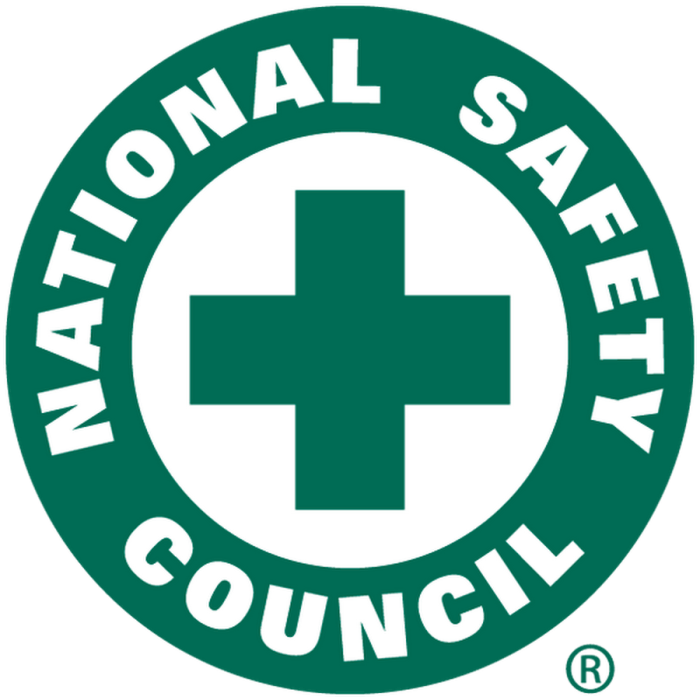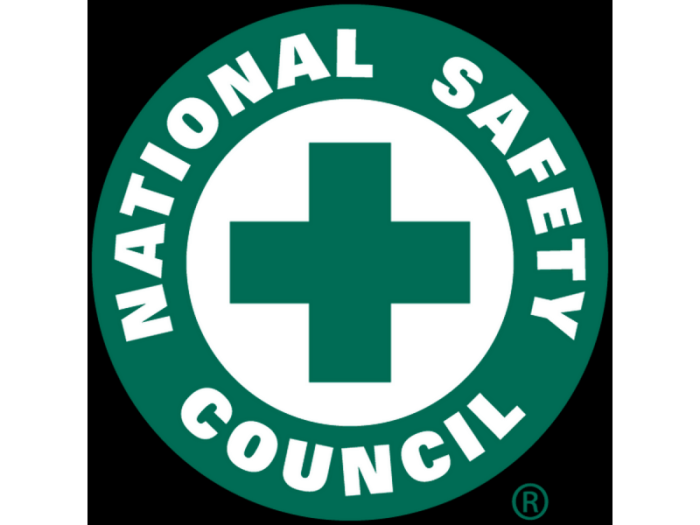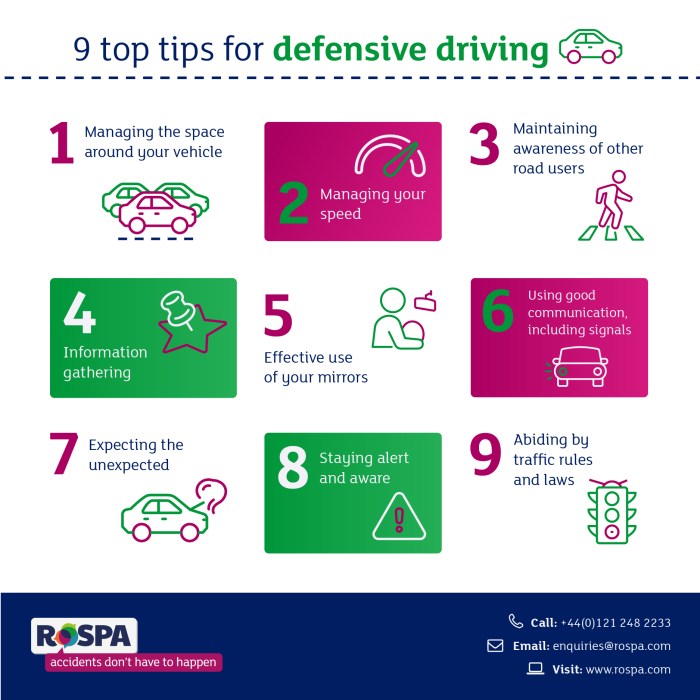Unlock the secrets to success with the National Safety Council Defensive Driving Course Test Answers. This comprehensive guide provides you with everything you need to know to excel in the exam and enhance your driving skills. Dive into a world of defensive driving knowledge and emerge as a more confident and responsible driver.
Our meticulously crafted guide offers an in-depth exploration of the course content, test format, and effective study strategies. With our expert insights, you’ll gain a deep understanding of defensive driving principles, enabling you to navigate the exam with ease and achieve outstanding results.
Course Overview

The National Safety Council Defensive Driving Course is a comprehensive program designed to enhance driving skills and reduce the risk of accidents. By equipping drivers with essential knowledge and techniques, the course empowers them to make informed decisions and navigate challenging driving situations more effectively.
Benefits of taking the course include:
- Improved driving skills and reduced crash risk
- Increased awareness of potential hazards and defensive driving strategies
- Eligibility for insurance discounts in some cases
Course Content
The course covers a wide range of topics, including:
- Understanding defensive driving principles
- Identifying and anticipating potential hazards
- Maintaining a safe following distance
- Proper scanning and hazard perception techniques
- Driving in adverse weather conditions
- Avoiding distractions and managing emotions
| Module | Objectives |
|---|---|
| Introduction to Defensive Driving | Define defensive driving and its benefits |
| Hazard Recognition and Anticipation | Identify and predict potential hazards on the road |
| Vehicle Control and Maneuvers | Demonstrate safe driving techniques in various conditions |
| Distracted Driving and Risk Management | Recognize and avoid distractions while driving |
| Advanced Defensive Driving Techniques | Apply defensive driving principles in complex driving situations |
Test Format

The course test consists of:
- 50 multiple-choice questions
- One-hour time limit
Study Resources

To prepare for the test, it is recommended to:
- Review the course materials thoroughly
- Take practice tests or use online resources
- Seek guidance from an instructor or experienced driver
Practice questions and online materials can be found at:
- [Website URL 1]
- [Website URL 2]
Test-Taking Strategies
To maximize performance on the test, consider the following strategies:
- Read the questions carefully and identify the key information
- Eliminate obviously incorrect answers
- Consider all answer choices before making a selection
- Manage time effectively and avoid spending too much time on any one question
- Remain calm and focused throughout the test
Key Questions Answered: National Safety Council Defensive Driving Course Test Answers
What is the format of the National Safety Council Defensive Driving Course test?
The test typically consists of multiple-choice questions covering various aspects of defensive driving, such as hazard recognition, risk assessment, and safe driving techniques.
How many questions are on the test?
The number of questions may vary depending on the specific course and testing center, but it generally ranges from 20 to 50 questions.
What is the time limit for the test?
The time limit for the test is usually around 60 to 90 minutes, allowing ample time to complete the questions carefully.
Where can I find practice questions or online materials for studying?
Numerous resources are available online, including practice tests, study guides, and videos provided by the National Safety Council and other reputable sources.
What strategies can I use to effectively answer multiple-choice questions?
Effective strategies include reading the question carefully, eliminating obviously incorrect answers, considering all options before selecting an answer, and using the process of elimination to narrow down the choices.